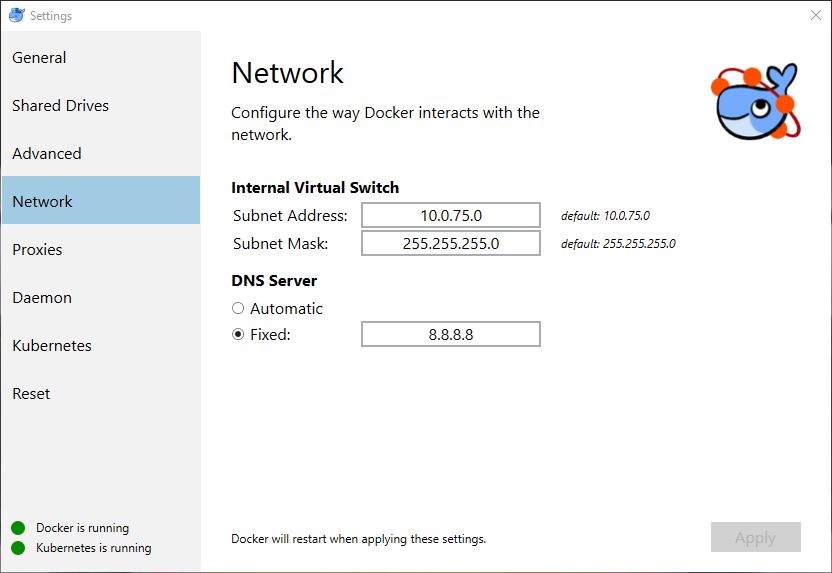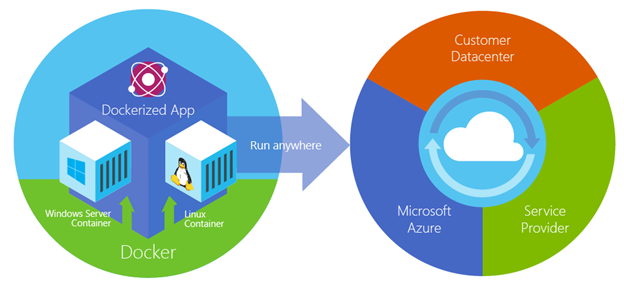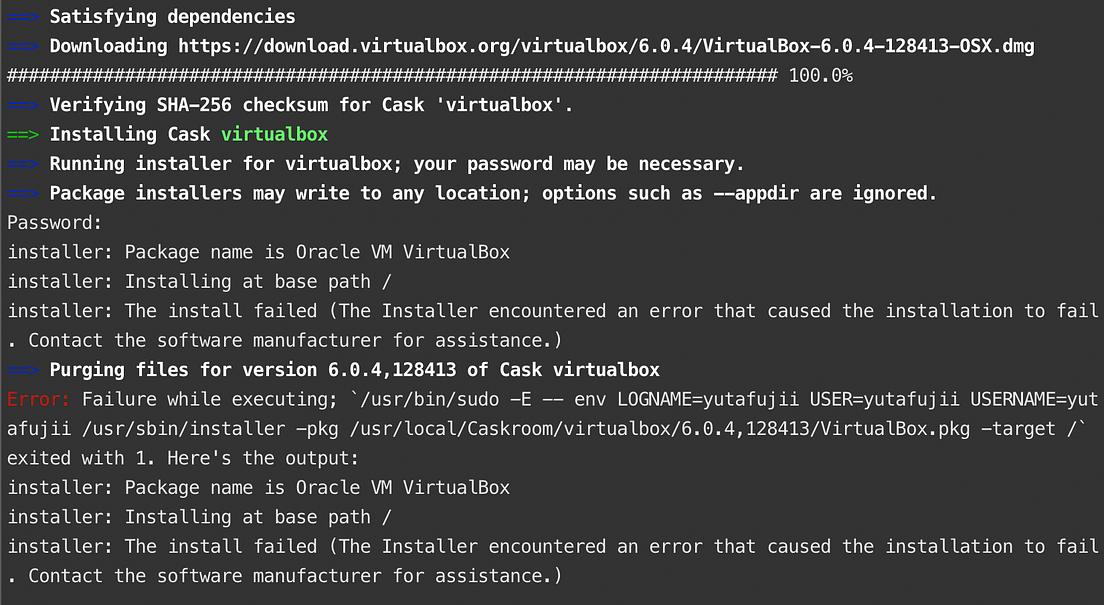

It even has faster performance for shared folders, which is another good argument to switch. ConclusionĪfter testing Colima I found it to be a great drop-in replacement for Docker Desktop. We can see that Colima is around 80% faster for both IOPS and bandwidth metrics.įor comparison, the native speed on macOS was 28.6k IOPS and 117MB/s bandwidth.
#Brew install docker for mac#
I’ve used fio to run a quick benchmark in Docker desktop for mac (v4.3.1) and colima (v0.2.2) that performs random 4K writes on a shared volume: fio -name=random-write -ioengine=libaio -rw=randwrite -direct=1 -bs=4k -size=4g -numjobs=1 -iodepth=16 -runtime=60 -time_based -end_fsync=1 -filename=/app/testfile I think it’s worth to test the differences in performance since Docker Desktop uses gRPC FUSE while Colima/Lima uses sshfs to share folders. However, shared folder performance has always been a bottleneck for Docker on macOS. Since both solutions are based on the macOS HVF I don’t think there is much difference in terms of CPU and memory performance.

The usage in macOS is no different from Docker Desktop, and all docker commands should work as before. Type y and hit Enter to confirm the installation. Run the following command in the terminal window: sudo apt install docker.io. It will start the docker daemon in the VM and configure the docker CLI on the host. Now let’s install Docker on Ubuntu 20.04. Installation is easy and can be done through Homebrew: brew install colima This makes Docker easily usable on macOS without any configuration, similar to Docker Desktop. Run the docker image, passing in a dasel command with the executable. Lima comes with containerd and nerdctl installed, but for a drop-in replacement the Docker container runtime is required which is what Colima is for.Ĭolima provisions the Docker container runtime in a Lima VM, configures the docker CLI on macOS and handles port-forwarding and volume mounts. Run dasel in docker using the image ghcr.io/tomwright/dasel. It’s based on Lima which creates a QEMU VM with HVF accelerator and handles the port-forwarding and folder sharing. While there is the option to run something like Multipass or VirtualBox with a custom provisioning script for Docker and then configure shared folders, I was looking for a drop-in replacement with minimal or no configuration.Ĭolima fits the criteria well.

These both needed to be done not over SSH. I then installed Docker using brew install -cask docker. Pasting in the installation command from did the trick. It makes a request to every time the settings are opened, even with anonymous reporting turned off So be sure to open a terminal in the Screen Sharing app over VNC and run the install commands there.However, after Brew has installed Docker, the docker command (symbolic link) may not be available at /usr/local/bin. docker -version As mentioned before, Homebrew installs packages to their directory and then symlinks their files into /usr/local (on macOS Intel). Use the command below to verify the installation was successful. Install via composer as described above or use the following method. To include the WP-CLI image in your own project: image: wordpress:cli Top. The Docker community maintains WordPress and WP-CLI images.
#Brew install docker download#


 0 kommentar(er)
0 kommentar(er)
